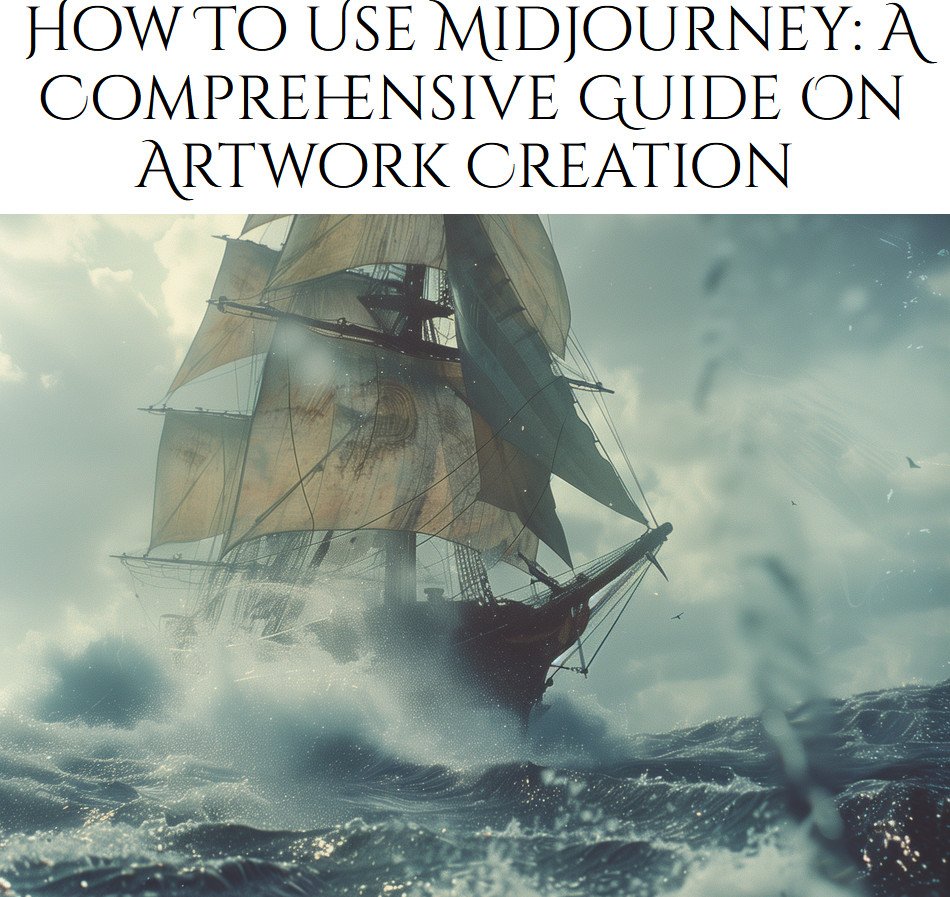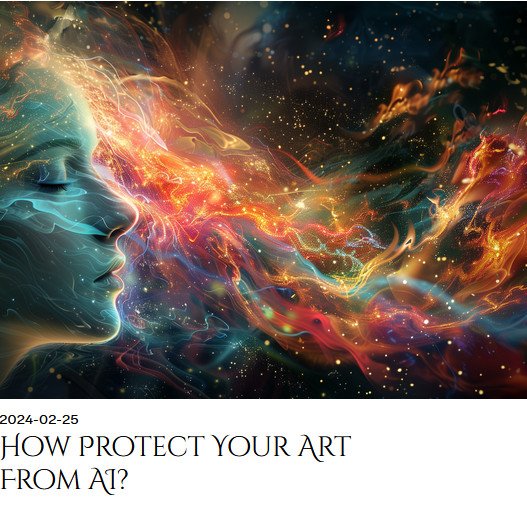Ai Weiwei's "Porcelain Cube" Sculpture Smashed
The work was reportedly smashed by a 57-year-old man at the opening of the exhibition Who am I?
Genus Bononiae Press Office/Reuter
Greetings Warriors
I have some shocking news from the art world. Ai Weiwei, one of the most well-known and controversial contemporary artists, had his sculpture Porcelain Cube destroyed during the opening of his exhibition at the Palazzo Fava in Bologna on September 20. And trust me, the whole thing sounds like something out of a movie.
The whole event was caught on CCTV, which Weiwei himself posted on his Instagram. In the footage, you can see a man walking up to the sculpture, pushing it over, and then—if that wasn’t enough—picking up a broken piece and holding it over his head like some kind of trophy. The police in Bologna later arrested a 57-year-old Czech man, after he was stopped by the museum’s security team. I mean, talk about chaos, right?
Ai Weiwei later responded, saying he was "shocked" by what went down. But more than just being stunned, he made a pretty clear statement: "Regardless of the motives, I believe that destroying an artwork on display is unacceptable." And I’m with him on that one. He went on to say that it’s not just about damaging an art piece; it’s also about how it undermines what museums stand for as public spaces. It’s a deeper issue than just breaking a sculpture—it’s about what that act represents.
What’s crazy is that Weiwei was right next door when it all went down. He described hearing a loud noise—something sharp and brittle, almost like an explosion—and his first thought wasn’t that someone was wrecking his artwork, but that it sounded more like a terrorist attack. I mean, that’s how intense the sound was. By the time he rushed into the room, the damage was done. His Porcelain Cube, made from blue-and-white qinghua porcelain, was shattered across the floor. Security had already pinned down the guy responsible, but the scene was nothing short of chaotic.
Ai Weiwei - Porcelain Cube
Weiwei didn’t throw blame at the museum’s security, which I think is pretty reasonable. He pointed out that if someone is really determined to destroy something, there’s only so much security can do. "In today’s world, if someone is determined to destroy something, security measures are often insufficient," he said. He even mentioned that the CCTV footage shows someone stepping in to try to stop it, but by then, it was too late.
This incident, though, isn’t just about a broken sculpture. It’s a reminder of the deeper issue at play here—"the growing divisiveness, irrationality, and violence in society," as Weiwei put it. It raises questions about how much trust we place in art, how we share it with the public, and the vulnerability that comes with that.
Arturo Galansino, who curated the exhibition, also chimed in. He called the vandalism against Ai Weiwei's work "shocking," especially given the irony of it all. Several pieces in the exhibition explore the theme of destruction—like Dropping a Han Dynasty Urn (1995), a triptych where Weiwei is seen destroying an ancient vase as a commentary on the deliberate destruction of the past in Chinese history. And then there’s his Left/Right Studio Material (2023), which features broken porcelain destroyed during a demolition that was, get this, retaliation against Weiwei by the Chinese government. So, yeah, the destruction of Porcelain Cube hit close to home, and not just in a literal sense.
Galansino also mentioned that he knew the guy responsible for the attack. Apparently, this wasn’t the first time this guy has been involved in disturbing incidents at art exhibitions in Florence. So, it seems like this was more than just a random act of vandalism.
Arturo Galansino
What’s interesting is that the exhibition itself is all about the tension between tradition and experimentation, preservation, and destruction. It’s inspired by a conversation between Ai Weiwei and artificial intelligence, which is such a modern twist on these timeless themes. In a way, the destruction of Porcelain Cube adds an unexpected, real-world layer to those ideas—though obviously not in the way anyone wanted. According to the museum, the broken piece has been removed, and they plan to replace it with a life-size print of the original work. Not the same, but it’s something.
And you know, Porcelain Cube now joins a long list of famous art pieces that have been vandalized throughout history. Take Diego Velázquez’s The Toilet of Venus, better known as the Rokeby Venus. Back in 1914, it was slashed by a suffragette named Mary Richardson while on display at the National Gallery in London. That painting was seriously damaged, and it’s a reminder that art vandalism has been happening for centuries.
But even today, masterpieces are still under attack. Just recently, the Mona Lisa was hit with soup by environmental activists at the Louvre. It seems like no matter the era, iconic works of art are always at risk, whether for political, social, or personal reasons.
So, where do we go from here? Ai Weiwei’s response was as calm as it was thought-provoking. In today’s divided world, art continues to be a battleground—whether we’re talking about literal destruction or the deeper cultural and political battles it represents. One thing’s for sure: art will always reflect the chaos and beauty of the world around us, for better or worse.
Shameless plug 🤣 My own AI art for sale$$$
And with that, Warriors, I’ll leave you with a reminder: the power of art is real. Whether it's inspiring us or challenging our beliefs, it makes an impact. But it’s up to us to protect it, appreciate it, and let it push us forward.












